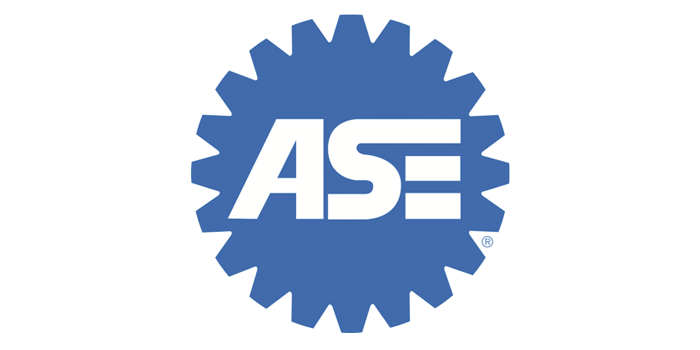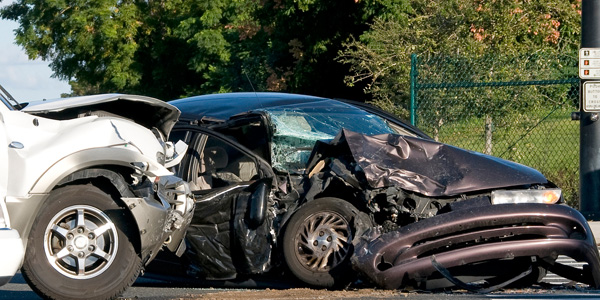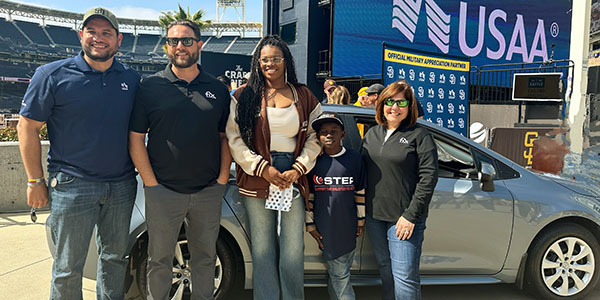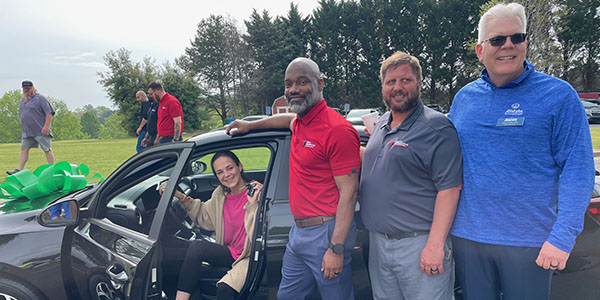The AAA Foundation for Traffic Safety has released a new study on the safety benefits of partial vehicle automation that estimates how many crashes, injuries and deaths advanced driver-assistance systems (ADAS) will prevent over the next 30 years.
ADAS is designed to increase driving comfort by automating parts of the driving task under certain conditions, as well as increase safety by warning drivers of dangerous situations and momentarily braking or steering automatically to attempt to avoid crashing. These technologies have become common on new vehicles and are expected to provide substantial safety benefits. However, there is substantial uncertainty regarding how large their safety benefits will be and how quickly they will accrue, as both will be impacted by many complex and interconnected factors that will influence how widely such technologies are offered on new vehicles, how likely consumers are to purchase vehicles equipped with them, the extent to which consumers choose to use these technologies, as well as how quickly the technologies improve and mature. The purpose of this study was to develop a methodology to estimate how many motor vehicle crashes, injuries and deaths ADAS technologies are likely to prevent over the next 30 years, while acknowledging and taking into account the many factors likely to influence them.
Methodology
Researchers at the University of North Carolina developed a model to predict how many crashes, injuries and deaths ADAS technologies are likely to prevent through year 2050. The study estimated future safety benefits of collision warning systems such as forward collision warning, collision intervention systems such as automatic emergency braking, adaptive cruise control and dynamic driving assistance systems installed on cars, trucks, vans, minivans and SUVs.
To estimate future safety benefits, the researchers forecasted crashes, injuries and deaths expected in future years before accounting for the effects of ADAS by assuming that future crashes would be similar to crashes that occurred in 2017–2019 plus an annual increase due to increasing vehicle travel. The researchers then estimated the probability that ADAS would prevent each future crash. In general, the probability that ADAS would prevent a crash was derived from the probability that each vehicle in the crash would be equipped with the relevant technology, the probability that it would be in use at the time, and its probability of preventing the specific type of crash given crash-specific factors (number of vehicles involved, geometry, lighting, weather, etc.). Each of these probabilities in turn is influenced by a complex array of other factors and will likely change over time. The researchers developed a model to predict and continually update these values, accounting for many factors known from previous research to influence the uptake, use and further development of vehicle technologies, the many complex relationships between those factors, as well as uncertainty due to randomness.
In addition to the main study results, many additional analyses were performed to quantify the impact of altering key study assumptions and model parameters (e.g., attractiveness of ADAS to consumers, ability of industry to reduce the incremental cost of equipping vehicles with ADAS, future improvements in ADAS effectiveness). The model was used to re-estimate numbers of crashes, injuries and deaths expected to be prevented by ADAS when each individual model parameter was varied by up to plus or minus 50% of its original value.
Several limitations should be noted. The study attempted to account for many factors likely to influence the future safety benefits of ADAS but could not include all possible factors. Crashes expected to occur in future years before accounting for those prevented by ADAS were projected from crashes that occurred in 2017–2019; however, future changes in traffic safety may be influenced by other factors beyond the scope of the current study. Assumptions regarding current effectiveness and use of ADAS were informed by existing research and data where available, but in some cases no data were available and thus assumptions were based on expert opinion. The study only considered the impact of ADAS technologies currently available to consumers. It assumed these technologies would improve over time; however, completely new types of capabilities and higher levels of automation beyond existing dynamic driving assistance systems were not considered due to lack of data to inform assumptions regarding their uptake, use and safety.
Key Findings
The study estimated that in the 30 years from 2021 through 2050, ADAS technologies currently available to U.S. consumers are anticipated to prevent approximately 37 million crashes, 14 million injuries and nearly 250,000 deaths, which would represent 16% of crashes and injuries and 22% of deaths that would otherwise occur on U.S. roads without these technologies.
These estimates, however, are subject to substantial uncertainty. As noted above, the future real-world safety benefits of ADAS will be influenced by many factors including the rates of uptake, use and development of these technologies, as well as many other factors. Benefits could be larger if these technologies prove highly attractive to consumers, with high rates of uptake and use. In contrast, if uptake and use of these technologies are lower than anticipated, the number of crashes prevented and lives saved would be smaller. Estimates of crashes prevented and lives saved corresponding to these and many other alternative scenarios and assumptions are presented in the report.
Although the anticipated safety benefits of ADAS technologies are substantial, results indicate that these technologies are not expected to eliminate all or most injuries and fatalities on U.S. roads within the next 30 years. Thus, consistent with the Safe System Approach, the AAA Foundation for Traffic Safety believes there remains a clear need to continue to invest in a wide array of proven traffic safety measures, including but not limited to vehicle technology.
To view the report in its entirety, click here.














